Scott was among InVision’s first hires and helped out in building several departments:
“I helped grow each one of the teams in the spaces up to a certain size. And then I’d hand it off to somebody else to keep growing so that I could continue to pivot within the company where I was needed most. And that was always very aligned with my personality. I’m very much of a builder.”
After about 18 months into his journey at InVision, Scott started coaching and mentoring to help other early stage founders build their teams. He has helped over 1,500 startups from all over the world.
With his experience in helping startup founders in various capacities, Scott describes himself as a fractional COO:
“What I’ll do is work with the CEO in an early stage company. It could be all the way from the ideation stage up to a Series B (funding round). It’s really coming in to be their co-pilot with the right hand so it’s being very both strategic and executional at the same time.”
Through his advising, Scott helps his clients lay out strategies for each aspect of the business and break them down into actionable steps.
How your exit path influences your branding strategy
During his first conversation with clients, Scott tells them to understand their exit path. There are four possible exit paths for a startup:
- Making millions of dollars in MRR
- Creating technology that’s 3x to 10x better than everyone else’s
- Hundreds of millions of followers outside social media
- Community branding
Community branding is where you have tens or hundreds of thousands of users, fans, or followers on social media and other channels where they promote your brand daily.
“I’ve seen and worked with lots of companies in this space that use this tactic. It’s where a larger company that has a number of different products in their portfolio will come along and acquire that company. But it’s not because of the product. What they really care about is that hundred thousand social media followers who are active on social media all the time.”
It’s typical for most companies to fall into the fourth exit strategy, which is why you have to start building community branding in your early days. And this is one of the opportunities that swag presents:
“If you understand that exit path gets to the point where you have a community and a brand, why not invest in those resources that will help you actually build that brand and that community?”
How swag promotes your brand
In the last decade, it’s important every company needs to provide some value outside of the product:
“Outside of the user’s day-to-day of using the product, what connection can you get with them to the brand?”
This is where swag comes in. It gives you that opportunity because people will do anything for swag like shirts or stickers:
“It’s some little treat that you give them and it’s just like a reward. You’re also entrenching that relationship saying, ‘Thanks for checking us out,’ so we wanted to give you these stickers.”
When users post that on social media or other public channels, it could spark curiosity among others. This in turn builds brand loyalty:
“It entrenches that relationship with your product versus someone else. And over time, it’s much harder for that user to pull out and switch to a different product. In essence, you’re building a place in their heart.”
But the goal of swag is not to replicate your logo. Rather, it’s inspiring conversations about your brand and making it wearable/usable and enjoyable.
The thought process behind InVision’s swag strategy
During the first iterations of InVision’s swag, Scott shares that they thought about what could get them that biggest bang for the buck:
“In any early stage startup, you probably have about $0 available for marketing and PR. So we had to think about the biggest potential bang for the buck? That return on investment that we can get to try to amplify the brand name and the vision of what we’re building.”
It also had to be the right swag:
“We were a design company and we’re very focused on designers. So we just didn’t want any kind of standard thing that has our website or logo. We wanted to customize it specifically for the end user who’s using the product.”
For engaged users who had created one project, uploaded 10 screens, and another activity, InVision sent them a free package:
“We sent them a free package and it was a customized sticker. It was a customized pin, a customized postcard, and a custom designed envelope.”
For users who converted to a paid subscription, they also received a sketchbook and a gel pen on top of the package:
“We sent them an additional gift that had all those items mentioned before. And on top of that, a custom design sketchbook. We saw the user is a designer who will probably sketch ideas. So we sent them a custom design sketchbook and a nice liquid gel pen. It was very thoughtful in the idea of what’s something that’s valuable to a designer that they would want to use.”
Sending these items helped InVision get the feedback that they needed, getting a 50 to 70% reply rate for that feedback email. And with the users sharing photos of the swag on their social media, you create a viral loop for your product:
“All of a sudden their followers saw those pictures and they’re like, ‘Hey, how do I get some of this swag?’ The virality is just kind of built in. When you create the right stuff in the right space, it just builds on itself.”
When is the best time to offer swag
Because behavior-based email wasn’t possible back then, InVision had a list of criteria to determine if a user was eligible for that swag package. They also had to determine the right time in the user lifecycle:
“We had like three or four criteria which to us meant that this person’s engaged. They’ve finished with the onboarding stage and the aha moment stage. Now they’ve gotten past a point where they’re actually trying this out. And right at that moment, as soon as we can, we want to connect with them.”
How swag helps with gathering feedback
Scott shares that their email subject line was basically saying “Hey, we want to send you a free gift.”
In the same email, they also asked users for their feedback. Instead of making it mandatory, users still received the swag package regardless if they sent feedback or not.
“We won again because we wanted to get that hug for you for that relationship building. But we obviously saw a significant amount of people that were replying back and giving their feedback.”
Using swag for additional revenue
InVision used to give away customized shirts through a weekly Twitter contest. But after a few months, they received a lot of emails from users about how they could buy this shirt without participating in the contest:
“The fans would be like, ‘No, you don’t get it. I’ve been tweeting for a few months and I can’t win. Here’s my money, give me a t-shirt. How do I get one of these things?’”
Scott told them to sign up for InVision’s professional plan (which was at $25) and send over the screenshot of the invoice or receipt as proof:
“So that shirt package, which also came with all the stuff that I mentioned before, cost us $15. So for $15 the first month, we were guaranteed $10 in revenue. We knew they would typically stick around for at least 2 to 3 more months so we were guaranteed at least $75 worth of revenue just by sending them that shirt.”
Being thoughtful about the item selection
While they typically come in the form of shirts or stickers, how do you select the right item for your swag?
Scott says you have to think about an item that connects with your brand and what you’re doing.
“There have been companies that I’ve worked with that are doing something in the music space. They sent their users custom headphones. While these were only generic headphones, the company’s custom logo was on there.
I also worked with a company that was involved in the meditation and sleep space so we did a custom eye mask. The swag should be very specific to what your product is building.”
You also have to think about the quality and details of the items you’re giving away:
“At InVision we used the American Apparel 50/50 shirt because it had the right texture and it had the right feel to it. It wasn’t one of those stock undershirts or shirts that you could get at 10 pieces for $1. It had the right feeling. We used the right logo, the right fonts, and the right colors. So all these bits and pieces are extremely important.”
Scott shares that most companies would think about just sticking their logo on a cheap shirt, which would just end up on a donation pile. So if you want customers to use them, you have to be thoughtful about the smallest details:
“If it’s comfortable for me to wear, I’ll wear it when I want to workout or go out. But if it’s something that I don’t feel comfortable wearing, there’s no point.”
How swag helps with B2B growth
Compared to B2B, B2C has the most power for using swag because it targets individuals. Going after individuals also helps B2B in the long term:
“Especially for companies coming from a bottom-up SaaS approach, going for individual user and the individual team is the sweet spot for B2B. When you build a relationship with them, they become internal champions.”
This presents an opportunity for B2B businesses to upsell:
“You want to come from the bottom-up approach telling them, ‘By the way, you have five paid accounts and 35 free users.’ And you have three to four champions in that company because they love using your product and they’ve probably received some free swag. The conversation to upgrade to an enterprise or a higher level paid plan is significantly easier at that point.”
Swag supplements to an already great product:
“If you’re problem-market solving something, people are going to love you because you’re saving the time, making them more money, and doing something that’s benefiting them. You already have them in the right spot. And when you give them something on top of that, you’re golden at that point.”
Final advice
Do start early and be very focused in the user lifecycle.
“Find where your aha moment is and hit them at that moment. Once they’ve crossed that line, that’s when you want to engage them (with swag).”
Don’t send them just anything.
“Send them something that’s going to be memorable that they’ll enjoy using and they’re going to think about every time they use it again in the future.”
Thanks for listening! If you found the episode useful, please spread the word on Twitter mentioning @userlist, or leave us a review on iTunes.

